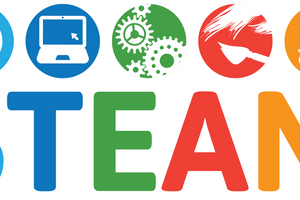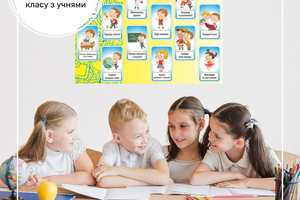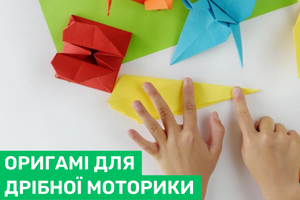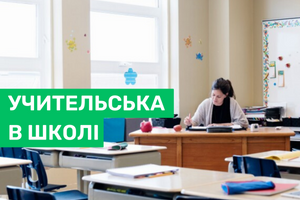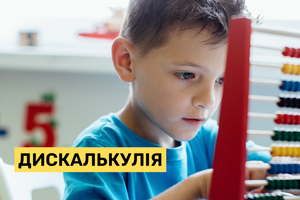Tangram is a game that can be useful for the development of logical thinking, spatial imagination and creativity in elementary school. Tangram consists of seven geometric shapes: five isosceles triangles of different sizes and two shapes: a square, a parallelogram.
The principle of the game is to assemble different figures from seven parts (a square, a parallelogram and five triangles of different sizes).
Here are some ideas for using tangrams in elementary school:
Didactic exercises: Children can be offered to make shapes from tangrams, such as squares, rectangles, triangles, etc. This will help them learn to distinguish geometric shapes and develop spatial imagination.
Puzzles: Using tangrams to create puzzles can engage children and help them develop logical thinking and problem-based learning.
Making pictures: Children can use the tangram to make a variety of pictures and shapes. This will help develop their creativity and express their imagination through geometric shapes.
Construction: Children can use tangrams to create different structures and buildings, which will help them develop motor skills and spatial awareness.
Using tangrams in elementary school can be an interesting and useful way to develop various aspects of children's development, including creativity, logical thinking and spatial imagination.
Like all logical games, tangram can also promote cognitive development, especially in the field of spatial perception. This allows you to learn by trial and error, as well as draw conclusions. In this way, you can develop the ability to solve problems.
Accordingly, the tangram is widely used as an interesting and effective therapeutic tool in education and occupational therapy. It can also help in teaching mathematics, especially geometry.









.png)
